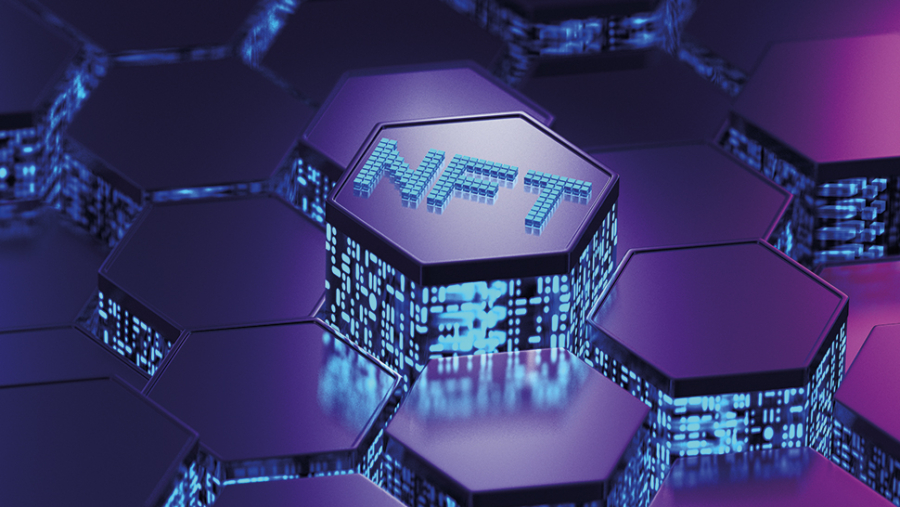

Is it ok to produce an NFT using a popular brand’s image?
In the UK, a person or company who produces a creative or inventive work retains personal property protection – known as intellectual property (IP) rights. The main IP rights protected by statute are copyright, registered designs, patents and trade marks. Some works can attract more than one protection, for example, an artistic work used as a logo can be protected by both copyright and trade mark, if the logo has been registered as a trade mark. Consequently, an IP holder can pursue someone who exploits, copies or otherwise uses without permission a product, creation or invention it owns.
In certain circumstances the use of an artistic work does not require permission from the copyright owner, if the work is used for a specific purpose. These include:
- Research
- Private study
- Criticism or review
- Reporting current affairs
- Quotation
- Parody or caricature.
If the re-creation falls into one of these categories, the “fair dealing” exemption set out in Section 30 of the Copyright, Designs & Patents Act 1988 could apply.
NFTs
NFT stands for ‘non-fungible token’; it is a digital asset which can be traded via blockchain technology.
Artistic works being created as NFTs are on the rise, with artists and creators selling the works for a large sum. If specified when the NFT is ‘minted’ the creators obtain royalties for each secondary sale of the work. Unique traits contained in the work, or the associated brand value, can enhance its price.
Big household names such as Budweiser, Coca-Cola, Adidas and Nike have already benefitted from NFTs for building brand awareness and driving sales.
Recently, the question has been raised over how IP rights will apply in the metaverse or other digital spaces using NFTs. Developments in the US federal courts would indicate the direction of travel in this area. The case of Hermès International et al v. Rothschild being the first example of the courts considering how intellectual property rights will apply in this digital world.
By way of background, the US lawsuit was brought against Mason Rothschild in relation to the NFT collection he created named ‘MetaBirkin’. The collection linked to images of bags that resembled the iconic Birkin bag, selling for a price similar to the real thing.
Hermès argued that Mr Rothschild was profiting from the goodwill it had in the Birkin bag, and that the NFTs diluted its brand and caused consumer confusion. Mr Rothschild’s defence was that the MetaBirkins were his artistic expression – the UK equivalent could be fair dealing for caricature. However, the New York jury agreed with Hermès; Mr Rothschild had capitalised on its substantial goodwill. Consequently, Mr Rothschild has been ordered to pay $133,000 (£110,000) in damages.
It is only a matter of time before the UK court is faced with a similar case.
To date Osbourne v Persons Unknown & Anor [2022] EWHC 1021 (Comm) is the first of its kind. The UK court ruled that NFTs can be classified as a property right. A seemingly simple issue, but a foundational one. This ruling underpins whether intellectual property rights, including trade marks, exist in NFTs.
Seemingly in support of this approach, subsequently the UK Intellectual Property Office has released its statutory guidance PAN 2/23: The classification of non-fungible tokens (NFTs), virtual goods, and services provided in the metaverse.
This guidance provides UK trade mark applicants with valuable insight into the best way to protect the product or service in the digital world, indicating how the terms can be framed and the correct class in which they fall. For example, the Intellectual Property Office will accept the type of terminology in class 9, “digital art authenticated by non-fungible tokens [NFTs]”. This clarification should give brands stronger IP protection for registered works.
So, is it ok?
In theory, no. This case shows consensus that IP rights will apply to the digital world.
The message to potential NFT creators is that blockchain does not provide immunity from IP protections. Therefore, unless one of the fair dealing rules apply, any reproductions or exploitation of an artistic creation will expose them to a claim for copyright or trade mark infringement. Reversely, creators and brands can be reassured that there are tools for control to allow them protection in this new space.
As with many things in this legal discipline, whether an NFT image is determined to infringe will be based on individual characteristics.










